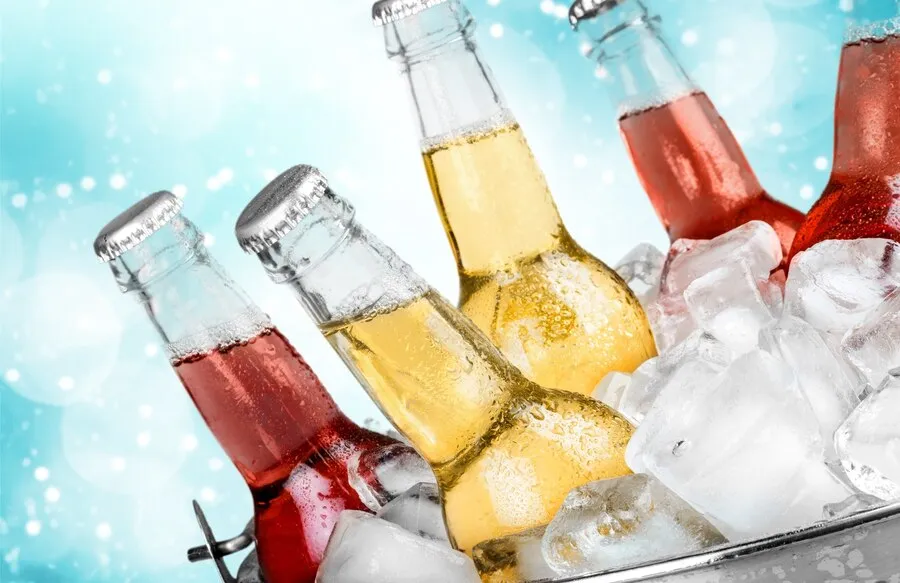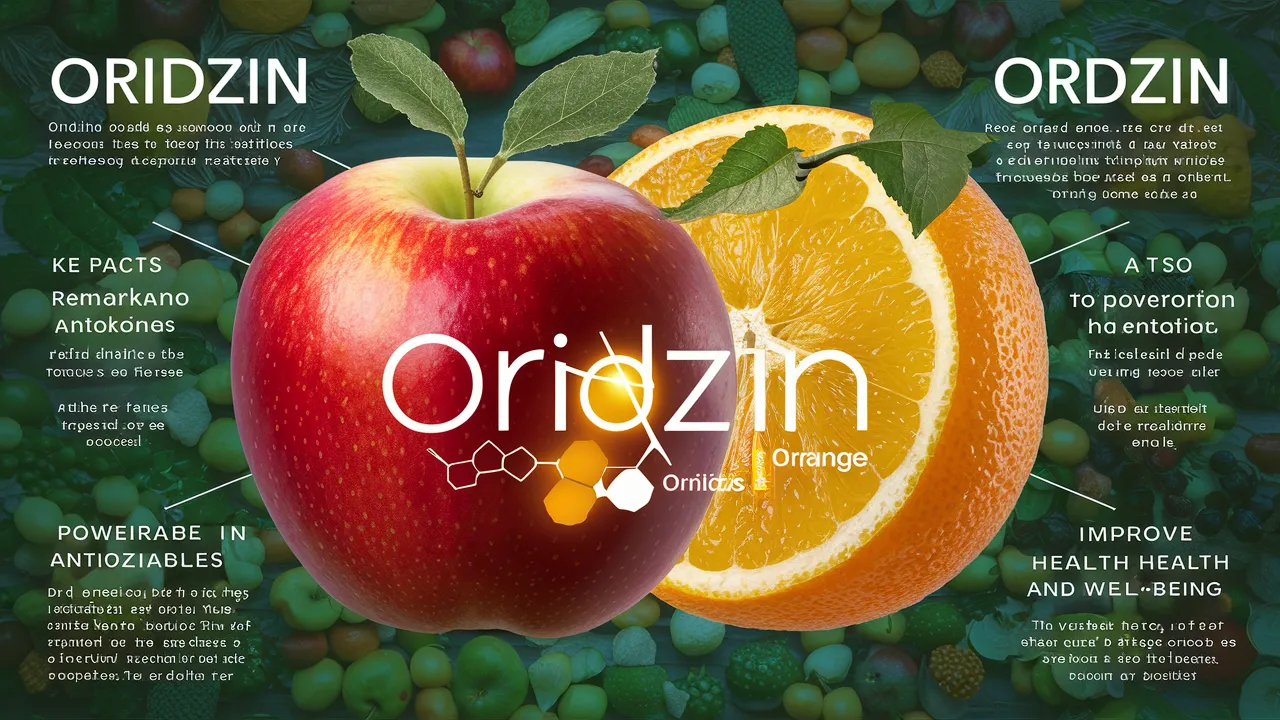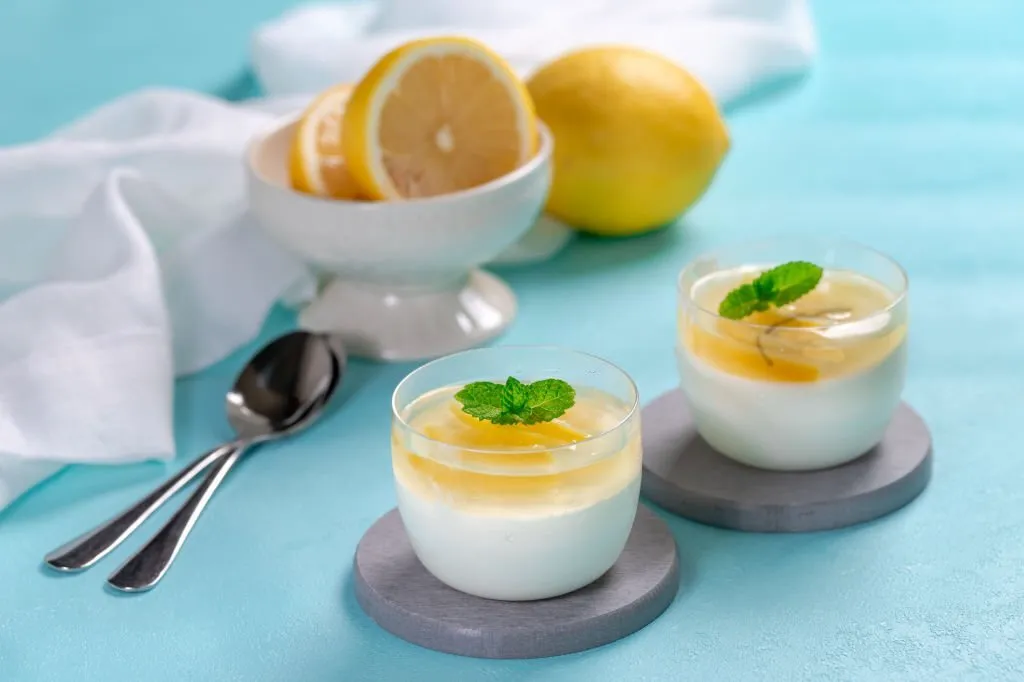The effervescent charm of sparkling beverages has captivated the taste buds of millions worldwide, offering a refreshing twist to the mundane. From the subtle fizz of artisanal sodas to the vigorous bubbles in sparkling wines, carbonation—the process of dissolving carbon dioxide in liquid—creates that beloved sensation. But what might seem like a simple addition of bubbles is, in reality, a complex interplay of science, technology, and artistry. This article delves into the fascinating world of carbonation, uncovering the intricacies behind achieving the perfect bubbles in your favorite beverages.
A Sparkle in Every Sip: The Basics of Carbonation
At the heart of every effervescent drink is carbonation, a process that introduces carbon dioxide (CO2) into a liquid under high pressure. When CO2 dissolves in water, it forms carbonic acid—a weak acid that adds a tangy taste to the beverage. This process not only contributes to the overall flavor profile but also creates the signature fizz that enhances the drinking experience. The amount of carbon dioxide added and the conditions under which it is dissolved play a crucial role in determining the intensity and size of the bubbles, affecting the beverage’s mouthfeel and taste.
The Role of Temperature and Pressure
The solubility of carbon dioxide in a liquid is influenced by temperature and pressure. Cold liquids can dissolve more CO2 than warm ones, which is why carbonation processes are usually carried out at low temperatures. Similarly, higher pressure allows more CO2 to be dissolved into the liquid. Once the pressure is released, such as when opening a bottle or can, the CO2 escapes in the form of bubbles, creating the sparkling effect. Manufacturers carefully control these parameters to ensure that each batch of beverage meets their specific carbonation standards.
However, achieving consistency in carbonation levels across different batches and ensuring that each bottle or can contains the precise amount of fizz requires more than just an understanding of chemistry and physics. It necessitates precision and control, where technology and expertise come into play. Here lies the significance of a pivotal tool in the beverage industry: the carbonation calculator.
A carbonation calculator allows beverage producers to input variables such as temperature, desired carbonation level (measured in volumes of CO2), and the type of sugar or ingredients used. By doing so, it provides precise calculations on the amount of CO2 needed to achieve the desired effervescence. This not only ensures consistency and quality across products but also aids in reducing waste and optimizing production processes.
Navigating Challenges in Carbonation
One of the primary challenges in carbonating beverages is maintaining the right level of carbonation from production to consumption. Factors such as leakage, improper sealing, and temperature fluctuations during storage and transport can lead to loss of carbonation, affecting the quality and taste of the drink. Producers must employ rigorous quality control measures and use advanced packaging technologies to mitigate these issues.
Another challenge lies in catering to diverse consumer preferences. Some consumers may prefer a soft, gentle fizz, while others enjoy a more robust carbonation. Producers must carefully calibrate their carbonation levels to cater to these varying tastes, often producing different versions of the same beverage to satisfy all preferences.
In addition, sustainability concerns are prompting beverage manufacturers to look for ways to reduce their carbon footprint. Innovations in carbonation technology, including more efficient CO2 recapture and recycling methods, are emerging as vital solutions to these environmental challenges.
The Future of Fizz: Innovations in Carbonation
As the food and beverage industry evolves, so too does the technology behind carbonation. Innovations such as precision carbonation systems and eco-friendly packaging are setting new standards in beverage production. These advancements not only improve the efficiency and sustainability of carbonation processes but also open up new possibilities for flavor and texture combinations, challenging the traditional boundaries of carbonated beverages.
Moreover, the rise of at-home carbonation machines has democratized the carbonation process, allowing consumers to experiment with creating their own sparkling beverages. This trend towards customization and personalization is driving further interest in carbonation and its potential to transform the beverage industry.
Final Thought
The science of carbonation is a testament to the complex interplay between chemistry, physics, and engineering that underpins the production of sparkling beverages. Achieving the perfect bubbles is not just about adding gas to liquid; it’s about understanding and controlling a multitude of factors to create a product that delights the senses. As technology advances, the possibilities for innovation in carbonated beverages continue to expand, promising a future where the fizz is not just felt but tailored to every palate. Whether you’re sipping a classic soda or exploring the latest sparkling concoction, remember that behind every bubble is a world of science waiting to be explored.

Liam Stephens is a dynamic and skilled blogger, recognized for his ability to identify trends and create compelling content. As the founder of Remi-Portrait.com, Liam has become a reliable source of information across various fields such as food, technology, health, travel, business, lifestyle, and current events. He specializes in delivering up-to-date technology news and insights, catering to the diverse community that surrounds Remi-Portrait.com. His proficiency and engaging writing style have earned him a dedicated audience, solidifying his reputation in the digital sphere.



